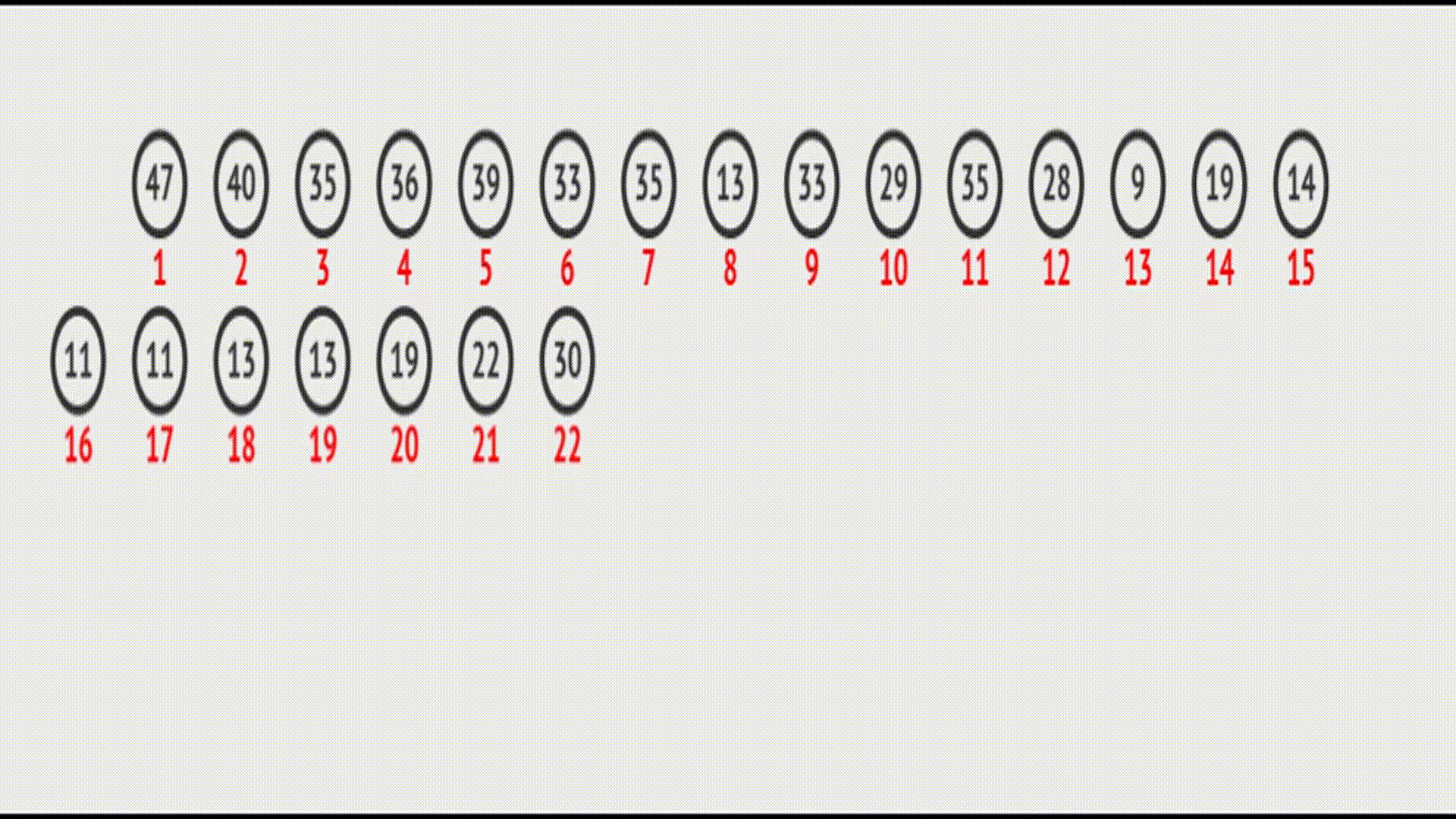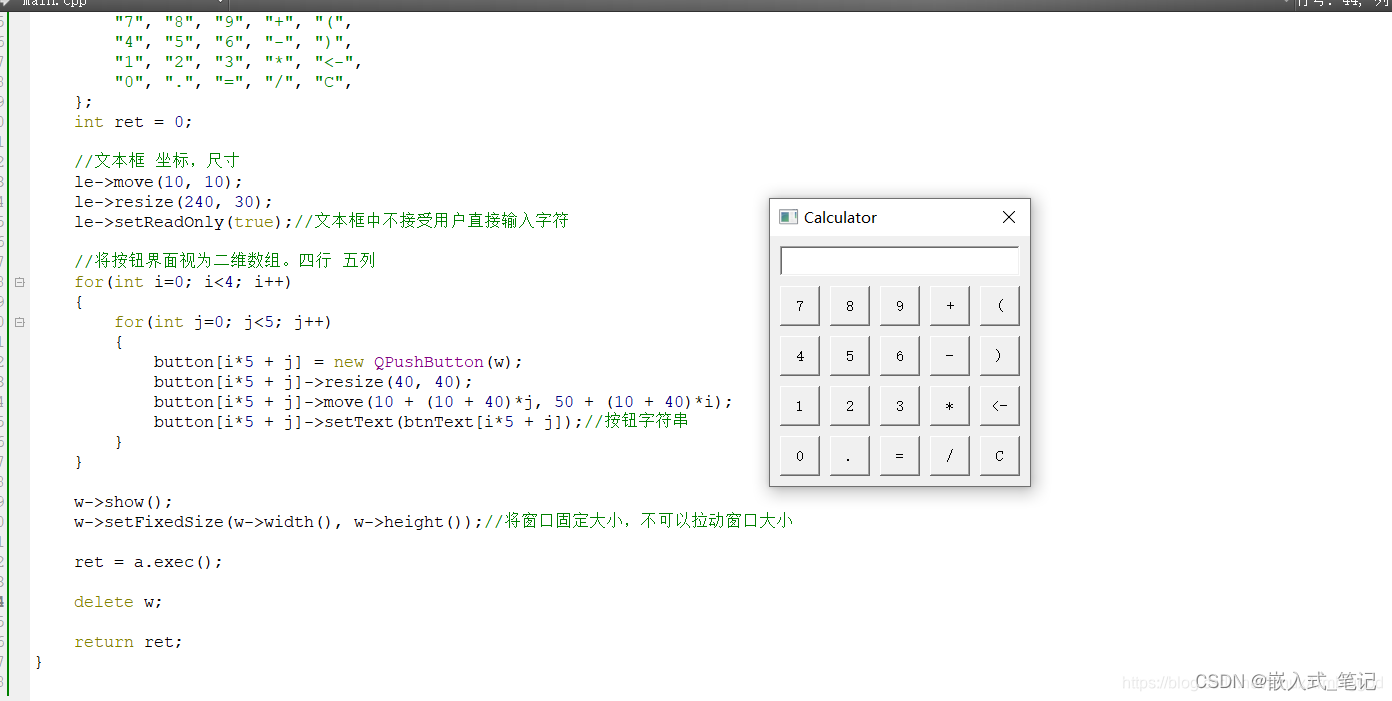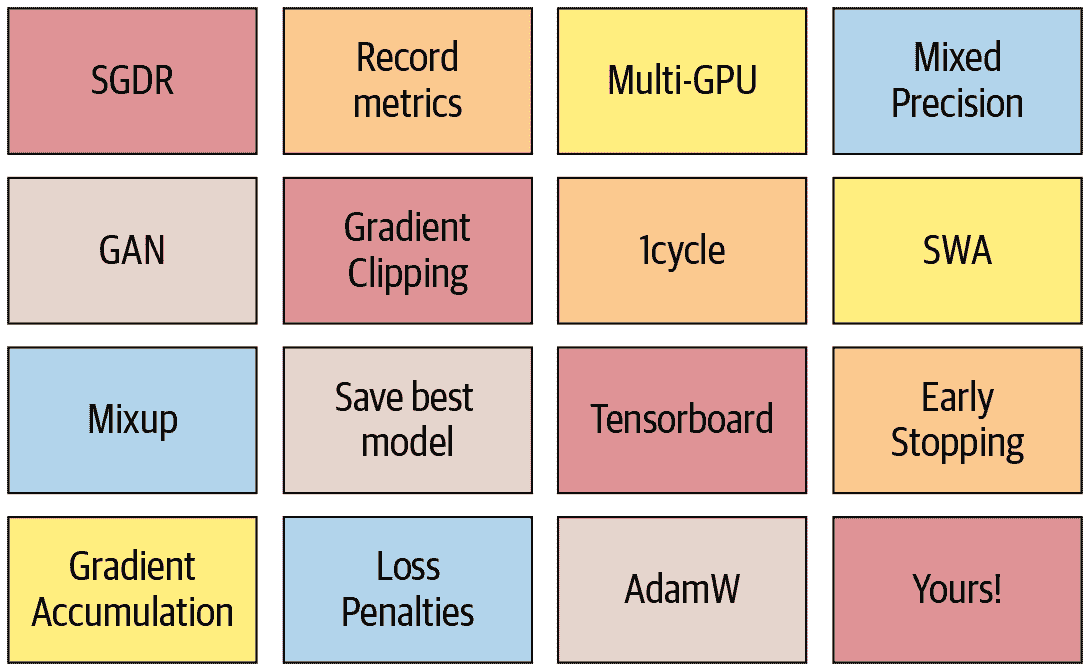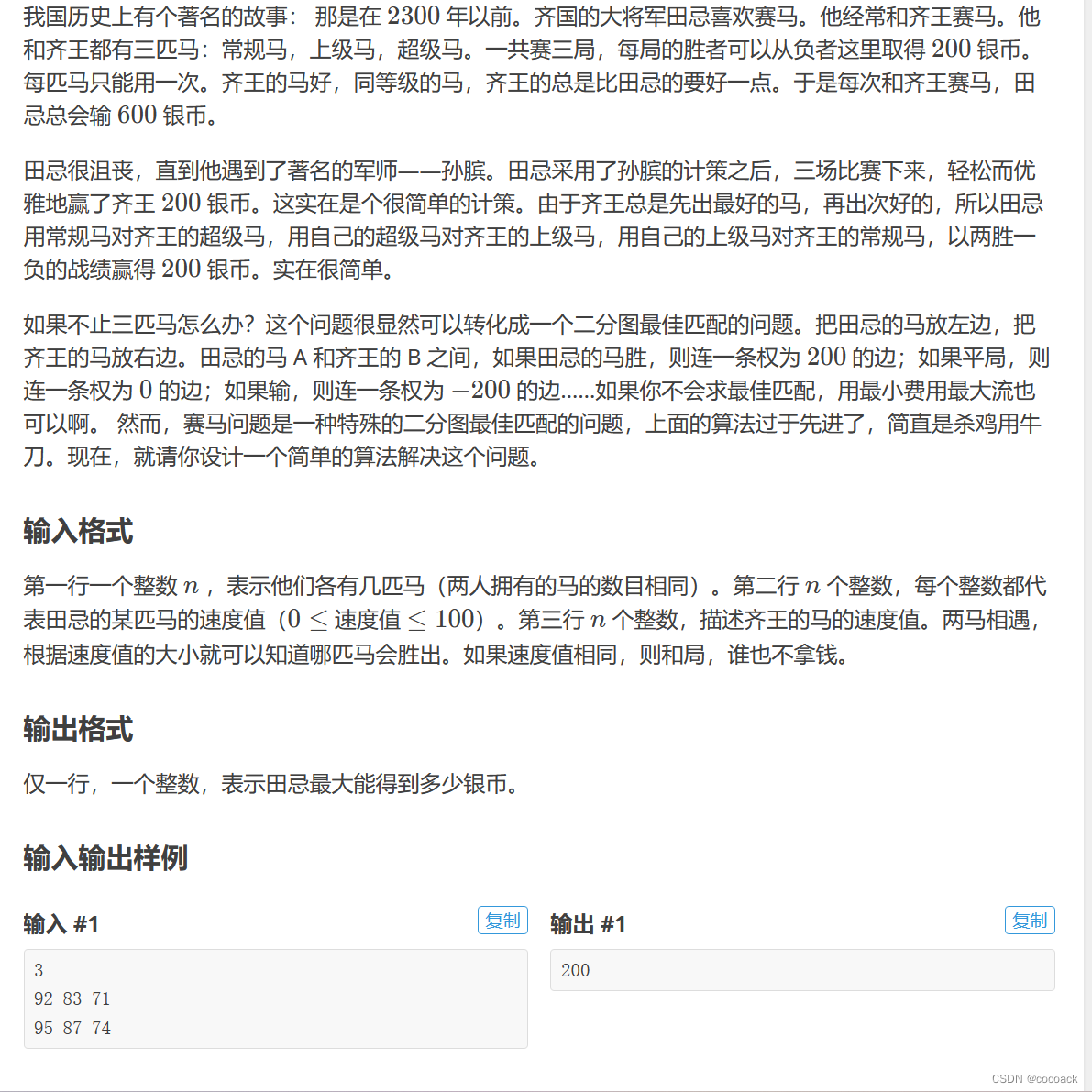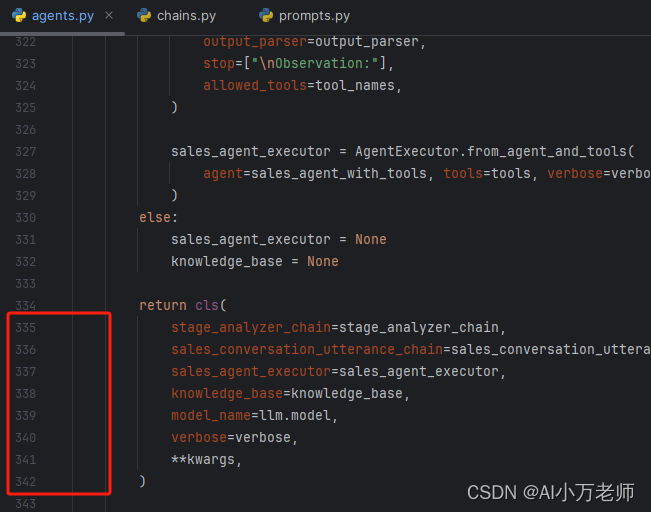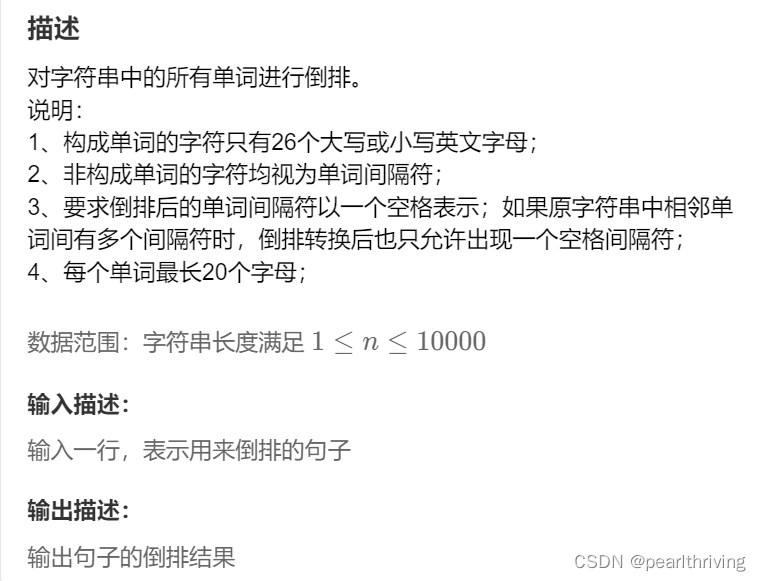目录
unordered_set
1. 关联式容器额外的类型别名
2. 哈希桶
3. 无序容器对关键字类型的要求
4. Member functions
4.1 constructor、destructor、operator=
4.1.1 constructor
4.1.2 destructor
4.1.3 operator=
4.2 Capacity
4.2.1 empty
4.2.2 size
4.2.3 max_size
4.3 Iterators
4.4 Element lookup
4.4.1 find
4.4.2 count
4.4.3 equal_range
4.5 Modifiers
4.5.1 emplace
4.5.2 emplace_hint
4.5.3 insert
4.5.4 erase
4.5.5 clear
4.5.6 swap
4.6 Buckets
4.6.1 bucket_count
4.6.2 max_bucket_count
4.6.3 bucket_size
4.6.4 bucket
4.7 Hash policy
4.7.1 load_factor
4.7.2 max_load_factor
4.7.3 rehash
4.7.4 reserve
4.8 Observers
4.8.1 hash_function
4.8.2 key_eq
4.8.3 get_allocator
5. Non-member function overloads
5.1 operators
5.2 swap
6. unordered_set对象的遍历方法
6.1 迭代器
6.2 范围for
unordered_set
template < class Key, // unordered_set::key_type/value_typeclass Hash = hash<Key>, // unordered_set::hasherclass Pred = equal_to<Key>, // unordered_set::key_equalclass Alloc = allocator<Key> // unordered_set::allocator_type> class unordered_set;unordered_set是一种容器,它存储的元素没有特定的顺序,允许根据元素的值快速获取单个元素。
在unordered_set中,一个元素的值与它的键同时存在,从而唯一地标识它。键是不可变的,因此unordered_set中的元素一旦进入容器就不能被修改——但它们可以被插入和删除。
在内部,unordered_set中的元素没有按任何特定的顺序排序,而是根据它们的哈希值组织成桶,以允许直接通过值快速访问各个元素(平均时间复杂度是常数)。
在通过键访问单个元素时,unordered_set容器比set容器更快,尽管在通过元素子集进行范围迭代时通常效率较低。
容器中的迭代器至少是前向迭代器。
unordered_set定义在头文件unordered_set和命名空间std中。
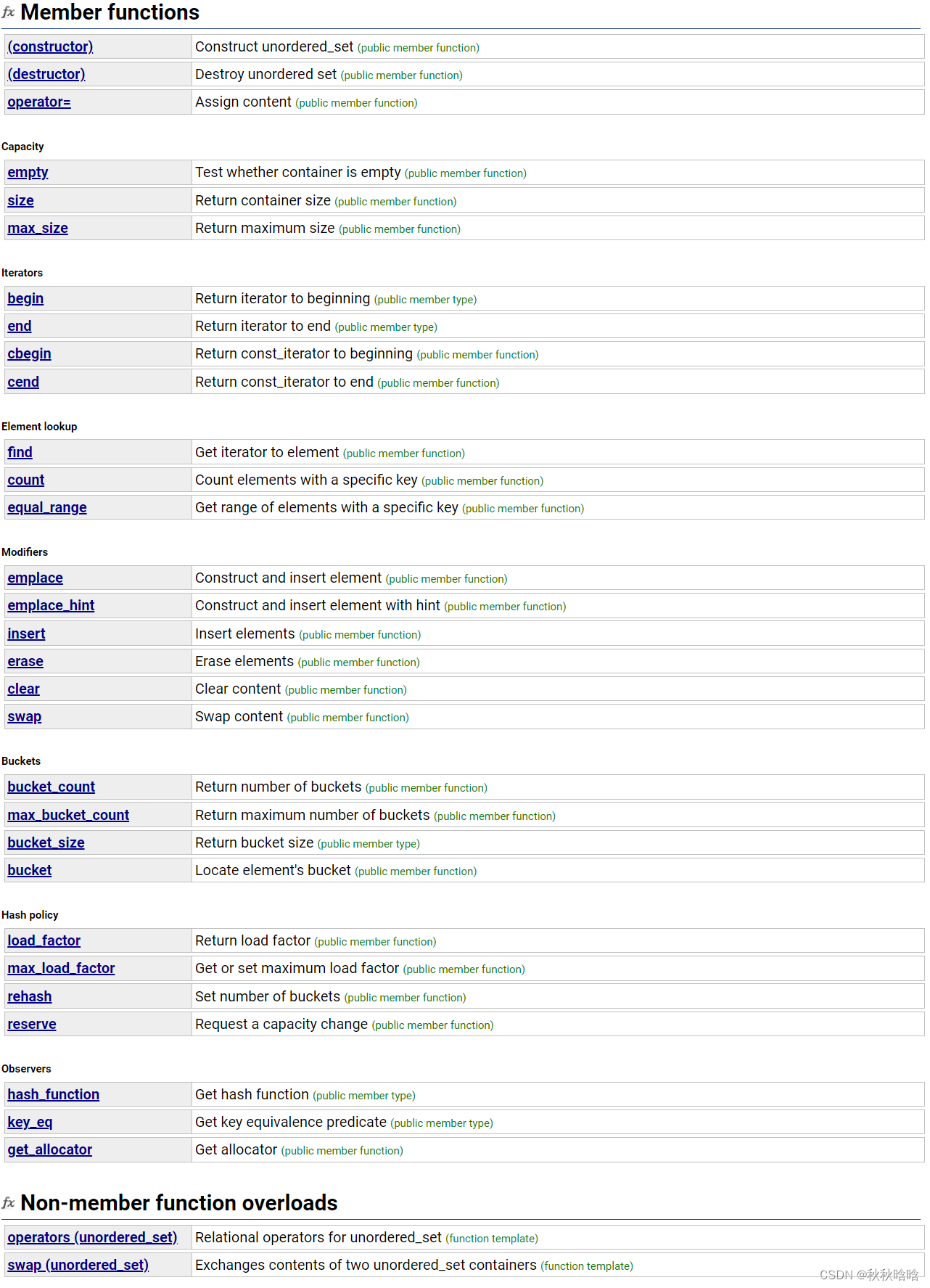
1. 关联式容器额外的类型别名
| key_type | 此容器类型的关键字类型 |
| mapped_type | 每个关键字关联的类型;只适用于map |
| value_type | 对于set,与key_type相同 对于map,为pair<const key_type, mapped_type> |
对于set类型,key_type和value_type是一样的:set中保存的值就是关键字。在一个map中,元素是键值对。即,每个元素是一个pair对象,包含一个关键字和一个关联的值。由于我们不能改变一个元素的关键字,因此这些pair的关键字部分是const的:
set<string>::value_type vl; // v1是一个string
set<string>::key_type v2; // v2是一个string
map<string, int>::value_type v3; // v3是一个pair<const string, int>
map<string, int>::key_type v4; // v4是一个string
map<string, int>::mapped_type v5; // v5是一个int与序列式容器一样,我们使用作用域运算符来提取一个类型的成员——例如,map<string, int>::key_type。
只有map类型(unordered_map、unordered_multimap、multimap和map)才定义了mapped_type。
2. 哈希桶
无序容器在存储上组织为一组桶,每个桶保存零个或多个元素。无序容器使用一个哈希函数将元素映射到桶。为了访问一个元素,容器首先计算元素的哈希值,它指出应该搜索哪个桶。容器将具有一个特定哈希值的所有元素都保存在相同的桶中。如果容器允许重复关键字,所有具有相同关键字的元素也都会在同一个桶中。因此,无序容器的性能依赖于哈希函数的质量和桶的数量和大小。
对于相同的参数,哈希函数必须总是产生相同的结果。理想情况下,哈希函数还能将每个特定的值映射到唯一的桶。但是,将不同关键字的元素映射到相同的桶也是允许的。当一个桶保存多个元素时,需要顺序搜索这些元素来查找我们想要的那个。计算一个元素的哈希值和在桶中搜索通常都是很快的操作。但是,如果一个桶中保存了很多元素,那么查找一个特定元素就需要大量比较操作。
3. 无序容器对关键字类型的要求
默认情况下,无序容器使用关键字类型的==运算符来比较元素,它们还使用一个hash<key_type>类型的对象来生成每个元素的哈希值。标准库为内置类型(包括指针)提供了hash模板。还为一些标准库类型,包括string和智能指针类型定义了hash。因此,我们可以直接定义关键字是内置类型(包括指针类型)、string还有智能指针类型的无序容器。
但是,我们不能直接定义关键字类型为自定义类类型的无序容器。与容器不同,不能直接使用哈希模板,而必须提供我们自己的hash模板版本。
4. Member functions
4.1 constructor、destructor、operator=
4.1.1 constructor
// empty (1)
explicit unordered_set(size_type n ,const hasher& hf = hasher(),const key_equal& eql = key_equal(),const allocator_type& alloc = allocator_type());
explicit unordered_set(const allocator_type& alloc);
// range (2)
template <class InputIterator>
unordered_set(InputIterator first, InputIterator last,size_type n,const hasher& hf = hasher(),const key_equal& eql = key_equal(),const allocator_type& alloc = allocator_type());
// copy (3)
unordered_set(const unordered_set& ust);
unordered_set(const unordered_set& ust, const allocator_type& alloc);
// move (4)
unordered_set(unordered_set&& ust);
unordered_set(unordered_set&& ust, const allocator_type& alloc);
// initializer list (5)
unordered_set(initializer_list<value_type> il,size_type n,const hasher& hf = hasher(),const key_equal& eql = key_equal(),const allocator_type& alloc = allocator_type());// n表示初始桶的最小数量,不是容器中元素的数量4.1.2 destructor
~unordered_set();4.1.3 operator=
// copy (1)
unordered_set& operator=(const unordered_set& ust);
// move (2)
unordered_set& operator=(unordered_set&& ust);
// initializer list (3)
unordered_set& operator=(intitializer_list<value_type> il);4.2 Capacity
4.2.1 empty
bool empty() const noexcept;
// 检测unordered_set是否为空,是返回true,否则返回false4.2.2 size
size_type size() const noexcept;
// 返回unordered_set中元素的个数4.2.3 max_size
size_type max_size() const noexcept;
// 返回unordered_set能够容纳的最大元素个数4.3 Iterators
// begin
// container iterator (1)
iterator begin() noexcept;
const_iterator begin() const noexcept;
// bucket iterator (2)
local_iterator begin(size_type n);
const_local_iterator begin(size_type n) const;// end
// container iterator (1)
iterator end() noexcept;
const_iterator end() const noexcept;
// bucket iterator (2)
local_iterator end(size_type n);
const_local_iterator end(size_type n) const;// cbegin
// container iterator (1)
const_iterator cbegin() const noexcept;
// bucket iterator (2)
const_local_iterator cbegin(size_type n) const;// cend
// container iterator (1)
const_iterator cend() const noexcept;
// bucket iterator (2)
const_local_iterator cend(size_type n) const;| 函数 | 功能 |
|---|---|
| begin & end | (1)版本begin返回一个迭代器,指向unordered_set中第一个元素 (2)版本begin返回一个迭代器,指向unordered_set中桶n的第一个元素 (1)版本end返回一个迭代器,指向unordered_set中最后一个元素的下一个位置 (2)版本end返回一个迭代器,指向unordered_set中桶n的最后一个元素的下一个位置 |
| cbegin & cend | (1)版本cbegin返回一个const迭代器,指向unordered_set中第一个元素 (2)版本cbegin返回一个const迭代器,指向unordered_set中桶n的第一个元素 (1)版本cend返回一个const迭代器,指向unordered_set中最后一个元素的下一个位置 (2)版本cend返回一个const迭代器,指向unordered_set中桶n的最后一个元素的下一个位置 |
#include <unordered_set>
#include <iostream>
using namespace std;int main()
{unordered_set<string> ust{ "iterator","begin","end" };cout << "ust contains:" << endl;unordered_set<string>::iterator it = ust.begin();while (it != ust.end()){cout << *it << endl;++it;}// ust contains :// iterator// begin// endcout << "ust's buckets contain:" << endl;for (int i = 0; i < ust.bucket_count(); ++i){cout << "bucket #" << i << " contains:";unordered_set<string, string>::local_iterator lit = ust.begin(i);while (lit != ust.end(i)){cout << " " << *lit;++lit;}cout << endl;}// ust's buckets contain:// bucket #0 contains:// bucket #1 contains:// bucket #2 contains: end// bucket #3 contains:// bucket #4 contains:// bucket #5 contains:// bucket #6 contains: begin// bucket #7 contains: iteratorreturn 0;
}4.4 Element lookup
4.4.1 find
iterator find(const key_type& k);
const_iterator find(const key_type& k) const;
// 返回一个迭代器,指向第一个关键字为k的元素,若k不在容器中,则返回end迭代器4.4.2 count
size_type count(const key_type& k) const;
// 返回关键字等于k的元素的数量
// 对于不允许重复关键字的容器,返回值永远是0或1#include <unordered_set>
#include <iostream>
using namespace std;int main()
{int arr[5] = { 1,2,6,7,8 };unordered_set<int> ust(arr, arr + 5);auto it = ust.find(2);if (it != ust.end()){cout << "2在unordered_set中" << endl;}else{cout << "2不在unordered_set中" << endl;}// 2在unordered_set中it = ust.find(3);if (it != ust.end()){cout << "3在unordered_set中" << endl;}else{cout << "3不在unordered_set中" << endl;}// 3不在unordered_set中if (ust.count(7)){cout << "7在unordered_set中" << endl;}else{cout << "7不在unordered_set中" << endl;}// 7在unordered_set中if (ust.count(5)){cout << "5在unordered_set中" << endl;}else{cout << "5不在unordered_set中" << endl;}// 5不在unordered_set中return 0;
}4.4.3 equal_range
pair<iterator, iterator> equal_range(const key_type& k);
pair<const_iterator, const_iterator> equal_range(const key_type& k) const;
// 返回一个迭代器pair,表示关键字等于k的元素的范围(左闭右开的区间)
// 若k不存在,pair的两个成员均为end迭代器
// 对于不允许重复关键字的容器,返回的范围最多只包含一个元素4.5 Modifiers
4.5.1 emplace
template <class... Args> pair<iterator, bool> emplace(Args&&... args);
// 对应insert,区别是:
// 当调用insert时,我们将元素类型的对象传递给它们,这些对象被拷贝到容器中
// 当调用emplace时,则是将参数传递给元素类型的构造函数,然后使用这些参数在容器管理的内存空间中直接构造元素4.5.2 emplace_hint
template <class... Args> iterator emplace_hint(const_iterator position, Args&&... args);
// 对应insert的(3)和(4),区别是:
// 当调用insert时,我们将元素类型的对象传递给它们,这些对象被拷贝到容器中
// 当调用emplace时,则是将参数传递给元素类型的构造函数,然后使用这些参数在容器管理的内存空间中直接构造元素4.5.3 insert
// (1) 成功返回pair<插入位置, true>,失败返回pair<插入位置, false>
pair<iterator, bool> insert(const value_type& val);
// (2)
pair<iterator, bool> insert(value_type&& val);
// (3)
iterator insert(const_iterator hint, const value_type& val);
// (4)
iterator insert(const_iterator hint, value_type&& val);
// (5)
template <class InputIterator> void insert(InputIterator first, InputIterator last);
// (6)
void insert(initializer_list<value_type> il);// 插入4.5.4 erase
// by position(1)
iterator erase(const_iterator position);
// by key(2)
size_type erase(const key_type& k);
// range(3)
iterator erase(const_iterator first, const_iterator last);// 删除4.5.5 clear
void clear() noexcept;
// 清空4.5.6 swap
void swap(unordered_set& ust);
// 交换4.6 Buckets
4.6.1 bucket_count
size_type bucket_count() const noexcept;
// 返回unordered_set中桶的个数4.6.2 max_bucket_count
size_type max_bucket_count() const noexcept;
// 返回unordered_set能够容纳的最大桶个数4.6.3 bucket_size
size_type bucket_size(size_type n) const;
// 返回桶n中元素的个数4.6.4 bucket
size_type bucket(const key_type& k) const;
// 返回关键字为k的元素所在的桶号4.7 Hash policy
4.7.1 load_factor
float load_factor() const noexcept;
// 返回负载因子(每个桶平均元素的数量,元素的数量/桶的数量)4.7.2 max_load_factor
// get(1)
float max_load_factor() const noexcept;
// set(2)
void max_load_factor(float z);// 获取或设置最大负载因子4.7.3 rehash
void rehash(size_type n);
// 设置桶的数量4.7.4 reserve
void reserve(size_type n);
// 将桶数设置为最适合包含至少n个元素的桶数4.8 Observers
4.8.1 hash_function
hasher hash_function() const;
// 返回哈希函数4.8.2 key_eq
key_equal key_eq() const;
// 返回关键字等价比较谓词4.8.3 get_allocator
allocator_type get_allocator() const noexcept;
// 返回空间配置器5. Non-member function overloads
5.1 operators
// equality (1)
template <class Key, class Hash, class Pred, class Alloc>
bool operator==(const unordered_set<Key, Hash, Pred, Alloc>& lhs, const unordered_set<Key, Hash, Pred, Alloc>& rhs);
// inequality (2)
template <class Key, class Hash, class Pred, class Alloc>
bool operator!=(const unordered_set<Key, Hash, Pred, Alloc>& lhs, const unordered_set<Key, Hash, Pred, Alloc>& rhs);5.2 swap
template <class Key, class Hash, class Pred, class Alloc>
void swap(unordered_set<Key, Hash, Pred, Alloc>& lhs, unordered_set<Key, Hash, Pred, Alloc>& rhs);6. unordered_set对象的遍历方法
6.1 迭代器
#include <unordered_set>
#include <iostream>
using namespace std;int main()
{int arr[5] = { 1,2,6,7,8 };unordered_set<int> ust(arr, arr + 5);unordered_set<int>::iterator it = ust.begin();while (it != ust.end()){cout << *it << " ";++it;}cout << endl;// 1 2 6 7 8return 0;
}6.2 范围for
#include <unordered_set>
#include <iostream>
using namespace std;int main()
{int arr[5] = { 1,2,6,7,8 };unordered_set<int> ust(arr, arr + 5);for (auto& e : ust){cout << e << " ";}cout << endl;// 1 2 6 7 8return 0;
}